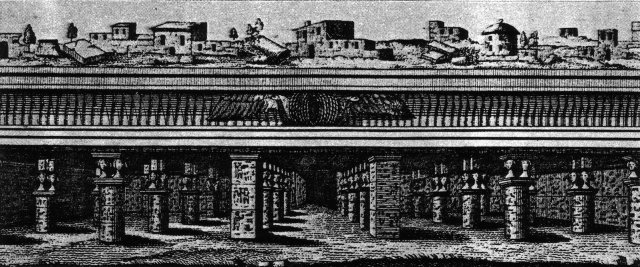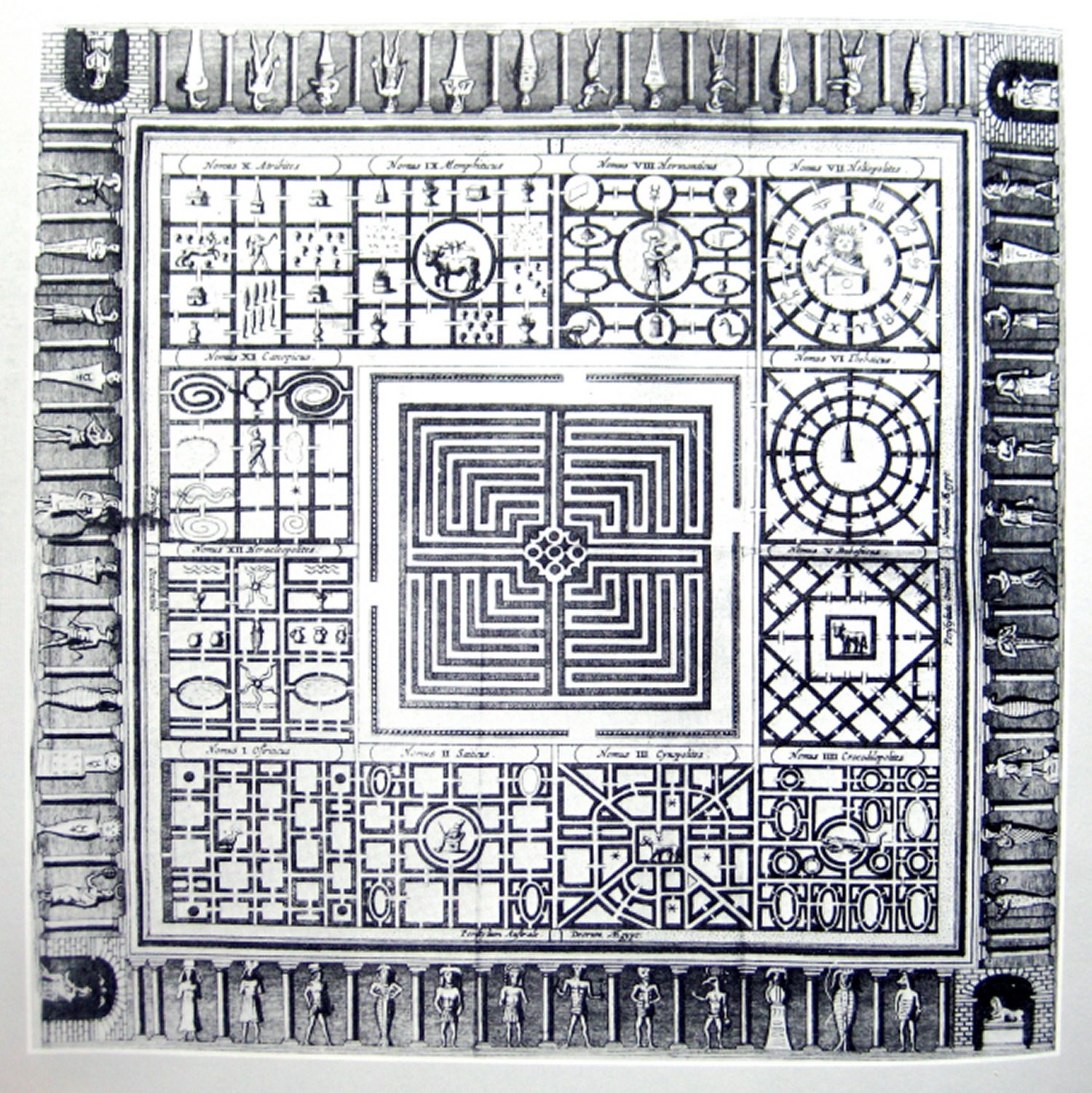Mysterious Enormous Underground Labyrinth Of Egypt Holds Secrets Kept From The Outside World
Ellen Lloyd - AncientPages.com - The lost labyrinth, full of hieroglyphs sculpted for eternity in its endless stone walls, is believed to contain all knowledge of ancient Egypt.
What secrets does this legendary giant underground complex contain? Could this be the most important discovery in human history?
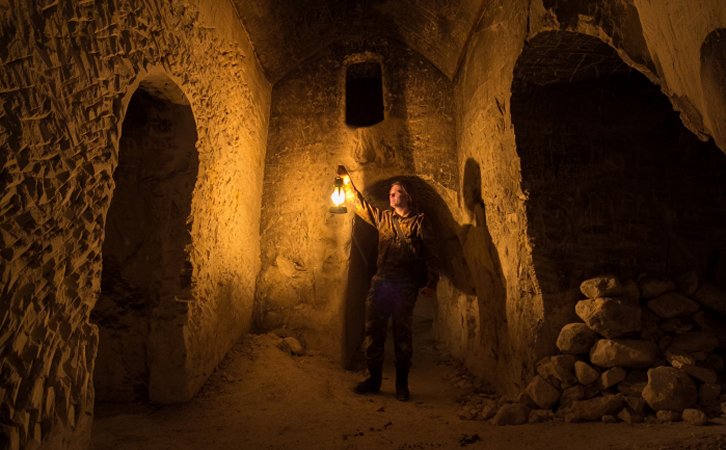
Credit: Mulderphoto - Adobe Stock
Several ancient writers, such as Herodotus, Strabo, Diodorus, and Pliny, have described the Labyrinth of Egypt. The labyrinth's age and ancient origins are unclear, but it was more than 1,300 years old when Herodotus visited.
This legendary complex, named the "Labyrinth" by the ancient Greeks, is believed to be an enormous collective tomb of the twelve kings who built it and a resting place for sacred crocodiles. Located at Hawara, about 90 km south of modern Cairo, the complex contains secret chambers, passages, shrines, and tombs.
Herodotus wrote of the Labyrinth in the fifth century B.C. (History, 2.148-49): 'It has twelve covered courts - six in a row facing north, six south - the gates of the one range exactly fronting the gates of the other.
Inside, the building is of two stories and contains three thousand rooms, of which half are underground, and the other half directly above them.
I was taken through the rooms in the upper story, so what I shall say of them is from my own observation, but the underground ones I can speak of only from report because the Egyptians in charge refused to let me see them, as they contain the tombs of the kings who built the labyrinth, and also the tombs of the sacred crocodiles.
The upper rooms, on the contrary, I did actually see, and it is hard to believe that they are the work of men; the baffling and intricate passages from room to room and from court to court were an endless wonder to me, as we passed from a courtyard into rooms, from rooms into galleries, from galleries into more rooms and thence into yet more courtyards.
The roof of every chamber, courtyard, and the gallery is, like the walls, of stone.
The walls are covered with carved figures, and each court is exquisitely built of white marble and surrounded by a colonnade'.
For a long time, the true location of the Labyrinth remained unknown.
Since Herodotus visited the legendary labyrinth of Egypt 2500 years ago, the building disappeared in the midst of time.
In 1888, Professor Flinders Petrie located the actual site of the Egyptian Labyrinth. Sufficient of the original foundations remained to enable the size and orientation of the building to be roughly determined. The Labyrinth was about 304 meters [997 feet] long and 244 meters [800 feet] wide. In other words, it was large enough to hold the great temples of Karnak and Luxor!
In his writings, Herodotus described a nearby pyramid to be at the corner of the labyrinth. This was the Hawara pyramid. Could this offer a clue to the location of the Labyrinth?
When the Mataha Expedition scanned parts of the base area at Hawara in 2008 they found a strong suggestion of complex chambers and walls several meters thick beneath the surface to a considerable depth.
The research team's findings confirmed that there were archeological features to the south of the Hawara pyramid of Amenemhat III. The scannings showed vertical walls of an average thickness of several meters, which were connected to form quite a number of closed rooms.
Reconstruction of the Egyptian labyrinth by Athanasius Kircher. Copperplate engraving (50X 41 cm) “Turris Babel Sive Archontologia”, Amsterdam 1679.
The scanned surfaces were at the Labyrinth area south of the pyramid. One area was 150m by 100m on the right side of the Bahr Wahbi and on the left side 80m by 100m.
Therefore, the team had proven the Labyrinth existed given the huge dimensions, but the total size and shape could not yet be concluded. The underground water and the presence of the canal had an effect on the consistency of the survey.
There were rooms underneath. What Petrie had called the basin was in fact the ceiling!
The Mataha Expedition had made one of history's greatest discoveries without even excavating. There lay underground the legendary Labyrinth of Egypt.
Unfortunately, this amazing discovery was never heard of because the Egyptian government opposed the outside world should learn about the findings.
The Mataha Expedition results were published in the fall 2008 scientific journal of the NRIAG and the results were exchanged on the public lecture at Ghent University. Shortly thereafter, Secretary-General of the Supreme Council of Antiquities (Egypt) asked for a stop to communicating the results owing to the Egyptian National Security sanctions. The researchers waited patiently for Dr. Hawass to make the findings public.
It never happened. So, the team set up a website and posted their findings.
The Mataha Expedition's discovery is extraordinary, but no further attempts have been made to investigate the Labyrint. It is vital that the Labyrinth will once again be brought to daylight and presented to humanity.
How long will the Labyrinth and all its secrets be forgotten this time?
Our member section offers a wealth of informative and insightful articles similar to this one. Upgrading to a premium membership gives you ad-free access to our entire collection of articles, allowing you to explore and enjoy our content without interruptions.
Updated on July 7, 2024
Written by - Ellen Lloyd – AncientPages.com
Copyright © AncientPages.com All rights reserved. This material may not be published, broadcast, rewritten or redistributed in whole or part without the express written permission of AncientPages.com
More From Ancient Pages
-
 Aoife: Beautiful Female Warrior, Lover Of Cuchulainn And Mother Of His Only Son In Irish Beliefs
Celtic Mythology | Mar 18, 2019
Aoife: Beautiful Female Warrior, Lover Of Cuchulainn And Mother Of His Only Son In Irish Beliefs
Celtic Mythology | Mar 18, 2019 -
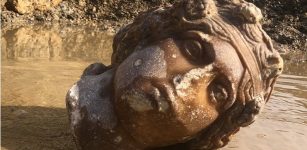 Statue Heads Of Dionysus And Aphrodite Discovered In The Ancient City Of Aizanoi
Archaeology | Dec 12, 2023
Statue Heads Of Dionysus And Aphrodite Discovered In The Ancient City Of Aizanoi
Archaeology | Dec 12, 2023 -
 Mystery Of Ancient Roman Concrete That Still Stands Strong – Has A 2,000-Year-Old Engineering Puzzle Been Solved?
Ancient Technology | Jul 5, 2017
Mystery Of Ancient Roman Concrete That Still Stands Strong – Has A 2,000-Year-Old Engineering Puzzle Been Solved?
Ancient Technology | Jul 5, 2017 -
 Why Did King Solomon Hide Advanced Technology In A Secret Place? First Visit – Part 1
Ancient Mysteries | Mar 30, 2021
Why Did King Solomon Hide Advanced Technology In A Secret Place? First Visit – Part 1
Ancient Mysteries | Mar 30, 2021 -
 Fossilized Skulls Reveal Relatives Of Today’s Rhinos Had No Horn And Died Out 5 Million Years Ago
Fossils | Nov 2, 2023
Fossilized Skulls Reveal Relatives Of Today’s Rhinos Had No Horn And Died Out 5 Million Years Ago
Fossils | Nov 2, 2023 -
 Bulgaria’s Aquae Calidae Spa Complex: More 40 Coins Dated To 4th Century CE – Found
Archaeology | Jul 24, 2020
Bulgaria’s Aquae Calidae Spa Complex: More 40 Coins Dated To 4th Century CE – Found
Archaeology | Jul 24, 2020 -
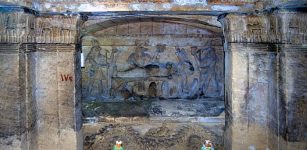 Catacombs Of Kom El Shoqafa – Largest Roman Burial Site In Egypt
Featured Stories | Feb 8, 2021
Catacombs Of Kom El Shoqafa – Largest Roman Burial Site In Egypt
Featured Stories | Feb 8, 2021 -
 Secrets Of Neanderthals’ 130,000-Year-Old Carved Bear Bone Found In The Carpathian Mountains
Archaeology | May 24, 2024
Secrets Of Neanderthals’ 130,000-Year-Old Carved Bear Bone Found In The Carpathian Mountains
Archaeology | May 24, 2024 -
 Ancient Grammatical Puzzle Solved After 2,500 Years
Linguistic Discoveries | Dec 15, 2022
Ancient Grammatical Puzzle Solved After 2,500 Years
Linguistic Discoveries | Dec 15, 2022 -
 Long-Lost Mesopotamian Queen Hama Discovered By Student Just By Reading Books
Archaeology | Feb 14, 2019
Long-Lost Mesopotamian Queen Hama Discovered By Student Just By Reading Books
Archaeology | Feb 14, 2019 -
 Ravana: Ten-Headed And Multi-Armed Demon King Of Lanka And Chief Antagonist In Epic Ramayana
Featured Stories | Oct 8, 2019
Ravana: Ten-Headed And Multi-Armed Demon King Of Lanka And Chief Antagonist In Epic Ramayana
Featured Stories | Oct 8, 2019 -
 Mysterious Disappearance Of Explorer Peng Jiamu In Lop Nur – The Wandering Lake
Featured Stories | Dec 20, 2018
Mysterious Disappearance Of Explorer Peng Jiamu In Lop Nur – The Wandering Lake
Featured Stories | Dec 20, 2018 -
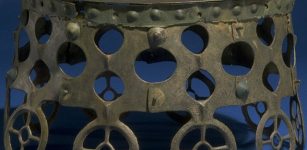 Mysterious Balkåkra Disc – Rare Strange Bronze Artifact Found In A Bog
Artifacts | Jul 25, 2019
Mysterious Balkåkra Disc – Rare Strange Bronze Artifact Found In A Bog
Artifacts | Jul 25, 2019 -
 Scathach – The Shadowy One – Legendary Martial Arts Teacher Who Trained Cuchulainn And Other Warriors
Featured Stories | Mar 4, 2019
Scathach – The Shadowy One – Legendary Martial Arts Teacher Who Trained Cuchulainn And Other Warriors
Featured Stories | Mar 4, 2019 -
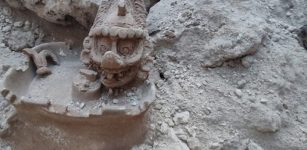 Unique Statue Of Mayan God K’awiil Associated With Lightning, Serpents, Fertility, Maize, Royal Lineage Found On Maya Train Route
Archaeology | May 17, 2023
Unique Statue Of Mayan God K’awiil Associated With Lightning, Serpents, Fertility, Maize, Royal Lineage Found On Maya Train Route
Archaeology | May 17, 2023 -
 Secrets Of Ancient Underwater City Pavlopetri Revealed – Travel Back In Time And See What The City Looked Like!
Archaeology | Mar 1, 2014
Secrets Of Ancient Underwater City Pavlopetri Revealed – Travel Back In Time And See What The City Looked Like!
Archaeology | Mar 1, 2014 -
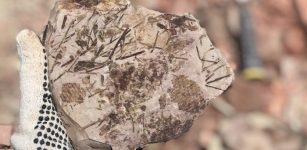 Long-Lost Paleontological Site With More Than 100 Unique Fossils Re-Discovered In Brazil
Archaeology | Jul 4, 2022
Long-Lost Paleontological Site With More Than 100 Unique Fossils Re-Discovered In Brazil
Archaeology | Jul 4, 2022 -
 Anglo-Saxons Practically Eradicated Native Britons: The Question Is: Was It Ethnic Cleansing?
Archaeology | Jan 8, 2019
Anglo-Saxons Practically Eradicated Native Britons: The Question Is: Was It Ethnic Cleansing?
Archaeology | Jan 8, 2019 -
 Stone Age Settlement Discovered Underwater In Finland
Archaeology | Aug 9, 2018
Stone Age Settlement Discovered Underwater In Finland
Archaeology | Aug 9, 2018 -
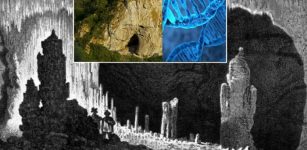 Neanderthals’ History Retrieved From Cave Sediments In Siberia And Spain – New Method
Archaeology | Apr 19, 2021
Neanderthals’ History Retrieved From Cave Sediments In Siberia And Spain – New Method
Archaeology | Apr 19, 2021


